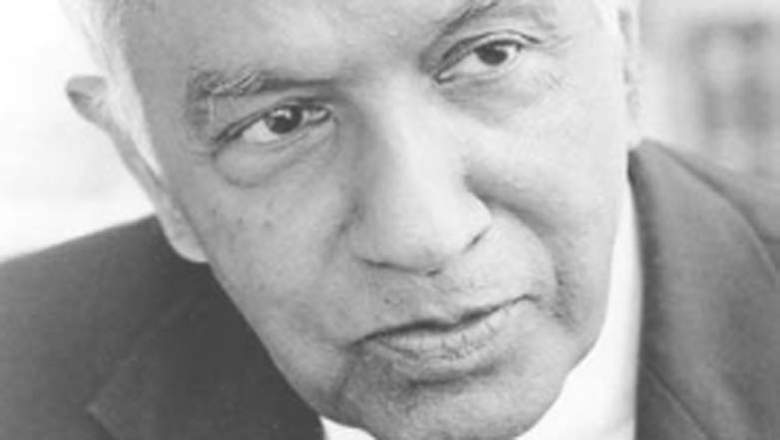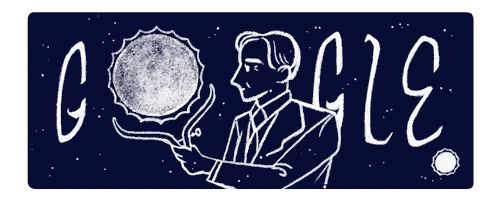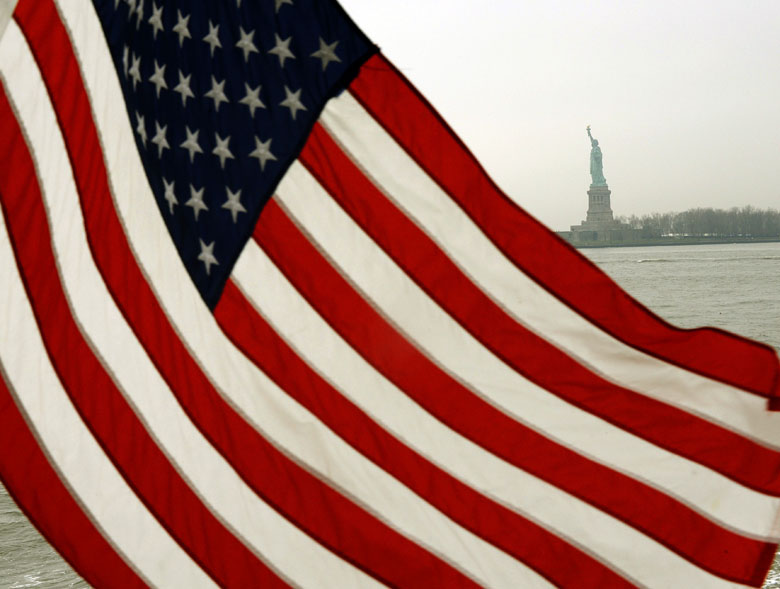
On October 19 Google has chosen to honor the first astrophysicist to win the Nobel Prize. Indian scientist Subrahmanyan Chandrasekhar will adorn Google’s homepage in 28 countries on what would have been his 107th birthday. The day of the doodle coincides with the Hindu festival of lights, Diwali.
The doodle shows an illustration of Chandrasekhar’s most famous discovery, the Chandrasekhar Limit, “The Threshold That Makes Life Possible.” That article explains that the Chandrasekhar Limit “is now accepted to be approximately 1.4 times the mass of the sun; any white dwarf with less than this mass will stay a white dwarf forever, while a star that exceeds this mass is destined to end its life in that most violent of explosions: a supernova.”
Although during his life, Chandrasekhar was not always appreciated or acknowledged.
Here’s what you need to know about the life of Subrahmanyan Chandrasekhar:
1. He Wasn’t the Only Nobel Prize Winner in His Family; Chandrasekhar’s Uncle Won in 1930

Chandrasekhar had been known as a child prodigy in his native land, having been born in Lahore in 1910 which was then part of British-occupied India. His ethnicity was Tamil. Writing in his autobiography, Chandrasekhar wrote that his mother was “a woman of high intellectual attainments.” A separate biography says that Chandrasekhar’s father wanted his son to work in a government job. While it was his mother who encouraged her son to pursue his scientific interests.
While science clearly ran in his family as his uncle, Sir CV Raman, was awarded the Nobel Prize for Physics in 1930. According to the committee, Raman, who shared the name Chandrasekhara with his nephew, was awarded the prize “for his work on the scattering of light and for the discovery of the effect named after him.” That same year, Chandrasekhar, at age 20, finished his degree in physics at the Presidency College in Madras, India. Chandrasekhar would also publish his paper on the evolution of stars in 1930.
In 1983, Chandrasekhar finally joined his uncle as a Nobel Prize winner when he shared the award with William Fowler.
2. Chandrasekhar Loved His Wife for Her ‘Patient Understanding, Support & Encouragement’
It was in Madras where Chandrasekhar married his wife Lalitha Doraiswamy. He said of his better half that it was her “patient understanding, support, and encouragement” that made up the “central facts of my life.” His wife would live until the age of 102 in 2013.
The couple married in Madras. Their families had lived close to each other in the city. Leon Mestel had written about their marriage:
Their marriage, exceptionally, was by mutual choice rather than by arrangement. Lalitha’s family was also very interested in education, and before her marriage she worked as a school headmistress. She was an ever-present support for Chandrasekhar during their fifty-nine years together. There were no children of the marriage.
A biography of Doraiswamy on the University of Chicago’s website says that attained a physics master’s degree in 1930. Doraiswamy taught high school physics in India until her marriage and move to England in 1936. That same bio says that Doraiswamy was a regular figure at her husband’s lectures. The couple shared a love of music and she “would often sing to him.” Doraiswamy was a skilled vina and flute player. Among her own publications, that were about her husband, titles include, “My Everlasting Flame” and “Our Song.”
3. He Discovered the Chandrasekhar Limit While at Cambridge University but His Colleagues Were Unimpressed

WikipediaAn exhibition of Subrahmanyan Chandrasekhar’s works in Kolkota in January 2011.
Chandrasekhar was awarded a scholarship by the Indian government to study at the University of Cambridge. During his time there as a researcher, Chandrasekhar came upon the Chandrasekhar Limit. Though his fellow students and teachers were unimpressed. On January 11 1935, Chandrasekhar presented his discovery to the Royal Astronomical Society.
Afterwards, Sir Arthur Eddington, who had encouraged Chandrasekhar to show off his findings, lectured the society and in doing so “[demolished] the young researcher’s calculations and theory, dismissing it as mere mathematical game playing.” The pair’s spat was featured in a BBC radio documentary which details Eddington calling Chandrasekhar’s theories “stellar buffonery.”
In 1944, Chandrasekhar was invited back the society where he was awarded a gold medal. That was the same year of Eddington’s death, he never apologized to Chandrasekhar.
It wouldn’t be until 1966 when computers and discoveries that came along with the development of the hydrogen bomb showed Chandrasekhar had been right all along. Then, in 1972, black holes were discovered. Chandrasekhar’s theories allowed scientists to understand this new discovery.
4. Chandrasekhar Was Invited to Join the Manhattan Project But Security Clearance Problems Prevented Him Taking Part
By 1937, Chandrasekhar had moved to America and had taken a position as deputy professor at the University of Chicago at the age of 26. He learned of the job while on a research tour at Harvard. After the breakout of World War II, Chandrasekhar was one of the many foreign-born scientists who were invited to work on the Manhattan Project in New Mexico. Though problems with security clearance prevented Chandrasekhar from working alongside Albert Einstein.
However, Chandrasekhar was afforded the clearance to work at the Ballistic Research Laboratory in Maryland. While there, Chandrasekhar worked on “The decay of plane shock waves” and “The normal reflection of a blast wave.”
5. Chandrasekhar Said of His Adopted Homeland: ‘I Have One Advantage Here in the United States. I have Enormous Freedom’

Getty
When the war ended, Chandrasekhar was given American citizenship in 1953. He passed away in Chicago on August 21, 1995, at the age of 84. His death, of a heart attack, was considered sudden. Chandrasekhar talked of his love of the United States saying, “I have one advantage here in the United States. I have enormous freedom. I can do what I want. Nobody bothers me.” While in the U.S., Chandrasekhar was awarded the National Medal of Science and the Draper Medal of the U.S. National Academy of Science. In 1964, Chandrasekhar turned the chance to return to the University of Cambridge in a more senior position to stay in Chicago. Chandrasekhar published his final work just a few months before his death, Newton’s Principia for the Common Reader, despite having retired in 1980.
Comments
S. Chandrasekhar: 5 Fast Facts You Need to Know